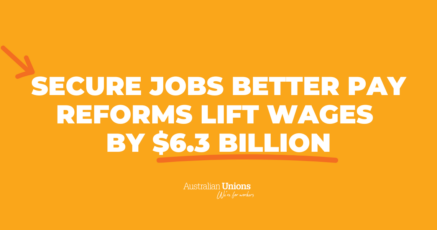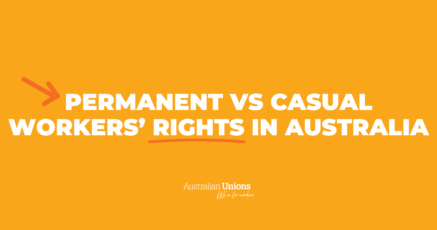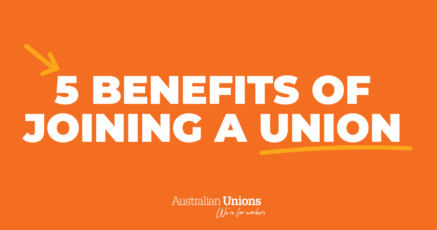Content Warning: mention of death
Any illusions anyone might have still had about the gig work promise of ‘flexibility’ have been well and truly shattered, thanks to two big pieces of research released last week.
In a major survey conducted by McKell, TWU, and TEACHO, 81 per cent of respondents depend on gig work as their primary source of income but can barely make ends meet.
Shockingly, the more hours they work, the lower their hourly rate becomes.
Transport and food delivery workers provide one window into the gig work world. But the dangers of gig work have seeped into other industries too – some of them even closer to home than you might think.
The real cost of gig work ‘flexibility’
Gig work employers call it ‘flexibility’. Gig workers know it better as exploitation. Almost half of gig workers surveyed often earned well below minimum wage.
Another report, this one from the ACTU, has found that Uber Eats pays its workers well below the Award minimum wage of $26 per hour* – and Uber even brags about it in their media releases.
Because gig workers are treated as “independent contractors” rather than employees, they also lose out on superannuation. Big time.
A typical food delivery gig worker working 14.5 hours per week in their early 20s could be missing out on $1,900 in super contributions per year.
‘Low pay is a health and safety hazard’
Hungry Panda delivery rider Xiaojun Chen was killed after a collision with a bus in Sydney on 29 September 2020. Tragically, his death was not an isolated incident.
The gig work report found more than half of the workers surveyed felt pressured to rush or take risks to make enough money or protect their job. If they don’t, they can be “deactivated” (sacked) when the algorithm judges them as too slow.
No one should have to put themselves at danger while working. Yet one in seven gig workers experienced sexual harassment, while more than a third were physically injured.
With cost-of-living so high, it’s easy to understand why so many workers are left with little choice but to take up gig work. However, their employers have a lot to answer for.
Regardless of the industry or sector, gig economy employers can get away with this behaviour thanks to loopholes in Australian work laws.
These loopholes are being used by big business to drive down wages and health and safety. It cannot be left to big business to choose whether workers get rights or not simply by telling them to ‘go get an ABN’.
Cover photo credit: Ross Sneddon on Unsplash







SHARE:
New workplace trend leaves more workers below minimum wage